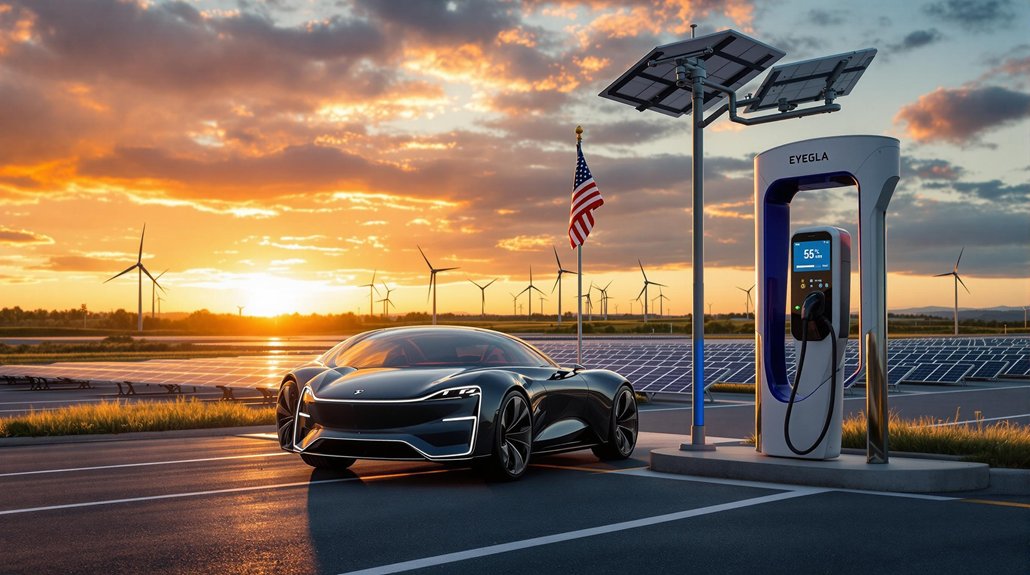China’s lithium market has collapsed, with prices plunging below $10,000 per ton for the first time in four years. This represents a massive 75% decline from 2022’s peak of $85,000. The crash stems from significant supply increases, including Chile’s 22.8% export growth and new production in Mali and Argentina, while Chinese demand has simultaneously weakened. Major producers are now cutting output to stabilize the market. The long-term outlook remains complex as electric vehicle demand evolves.
After soaring to record highs in 2022, the global lithium market has crashed, with prices plummeting below $10,000 per ton for the first time in four years. Lithium carbonate prices in North Asia fell to $9,550 per ton in February 2025, marking a massive 75% drop from the peak of $85,000 per ton in 2022.
The crash follows a perfect storm of rising supply and slowing demand. Chile increased lithium exports by 22.8% in January 2025. New mines in Mali are set to produce over 40,000 metric tons this year. Argentina’s Mariana project adds another 17,420 tons yearly, making Argentina the top producer in the Lithium Triangle.
China, the world’s largest lithium consumer, has seen demand fall sharply in early 2025. The Lunar New Year holidays slowed industrial activity. Battery makers also delayed purchases as prices kept dropping. Chinese lithium carbonate prices fell 1.6% to 76,100 yuan per ton.
Major producers are now cutting back. Companies like Albemarle and SQM plan to reduce output throughout 2025. Analysts predict the global lithium supply glut will decrease from nearly 150,000 tons to around 80,000 tons. Smaller miners face financial trouble. Some have stopped operations or are looking for mergers. Rio Tinto bought Arcadium Lithium for €6.2 billion in December 2024.
China’s lithium landscape has changed too. The country’s reserves now make up 16.5% of the global total, jumping from sixth to second place worldwide. Since 2021, China has discovered over 30 million metric tons of lithium ore, including lepidolite, brine, and spodumene types. Battery-grade lithium carbonate prices have fallen 87.3% from November 2022 due to persistent oversupply conditions.
Despite the current oversupply, long-term demand for lithium remains strong. Electric vehicles continue to drive lithium needs. China’s lithium demand could reach 125,000 tons by 2030 and 163,000 tons by 2040. Recycling spent batteries will also become a major lithium source.
Analysts expect lithium prices to stabilize later in 2025. Production cuts may push prices higher in the coming months, but the days of record-breaking prices appear over.








